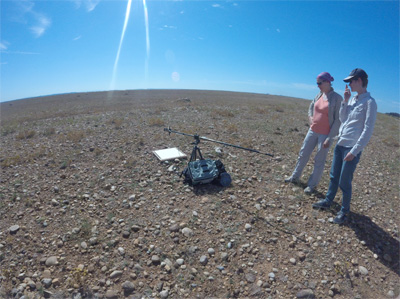Drone-based laser scanning and hyperspectral imaging conducted at Wytham Woods test site
One of the goals of MetEOC-3 is to provide traceability for estimating terrestrial biophysical Essential Climate Variable (ECV) products through in situ, airborne and satellite measurements. Satellite-derived ECV products and the algorithms they use depend on empirical in situ measurements collected on the ground, which requires long term monitoring at field sites. However, ground data collection can be highly laborious and time consuming and thus more efficient methods to produce in situ measurements are required. Drones offer a convenient measurement platform between those done on foot and from manned aircrafts. They also have the potential to provide autonomous test site monitoring and reduce laborious ground measurements requiring humans. MetEOC-3 continues the work started in the previous MetEOC projects in developing traceable …
Drone-based laser scanning and hyperspectral imaging conducted at Wytham Woods test site Read more »
